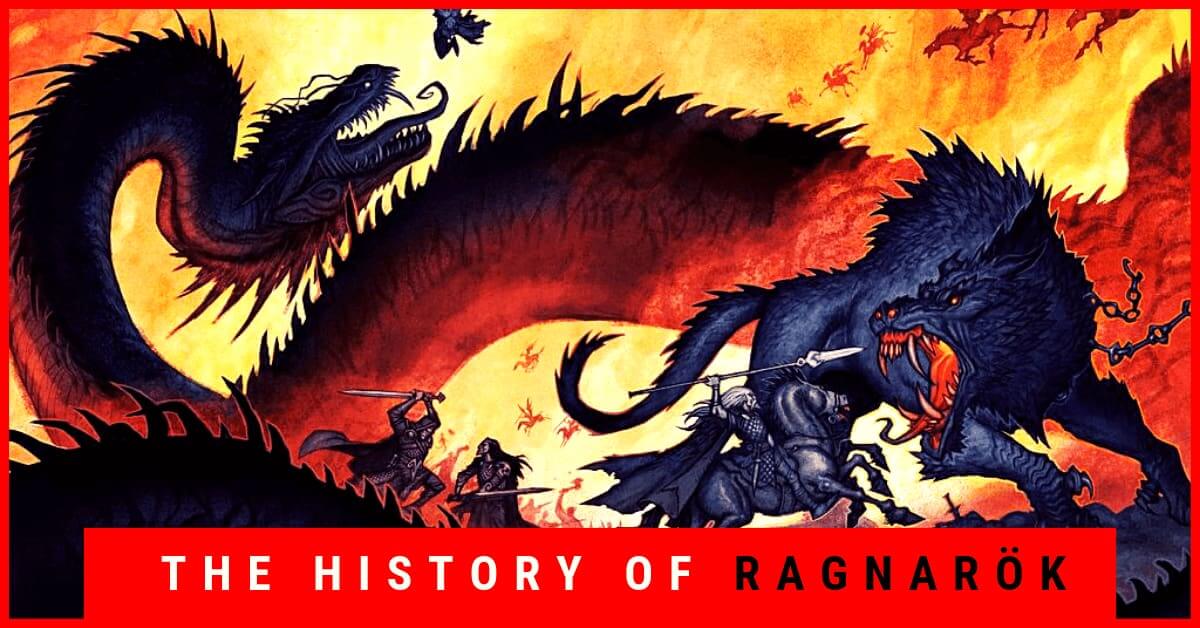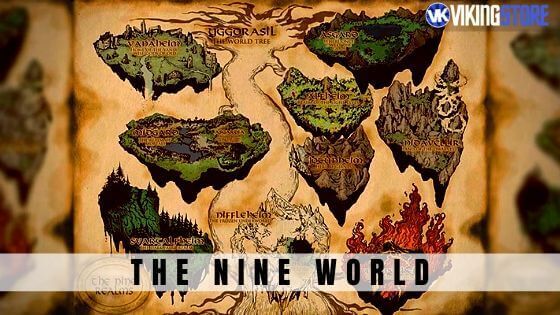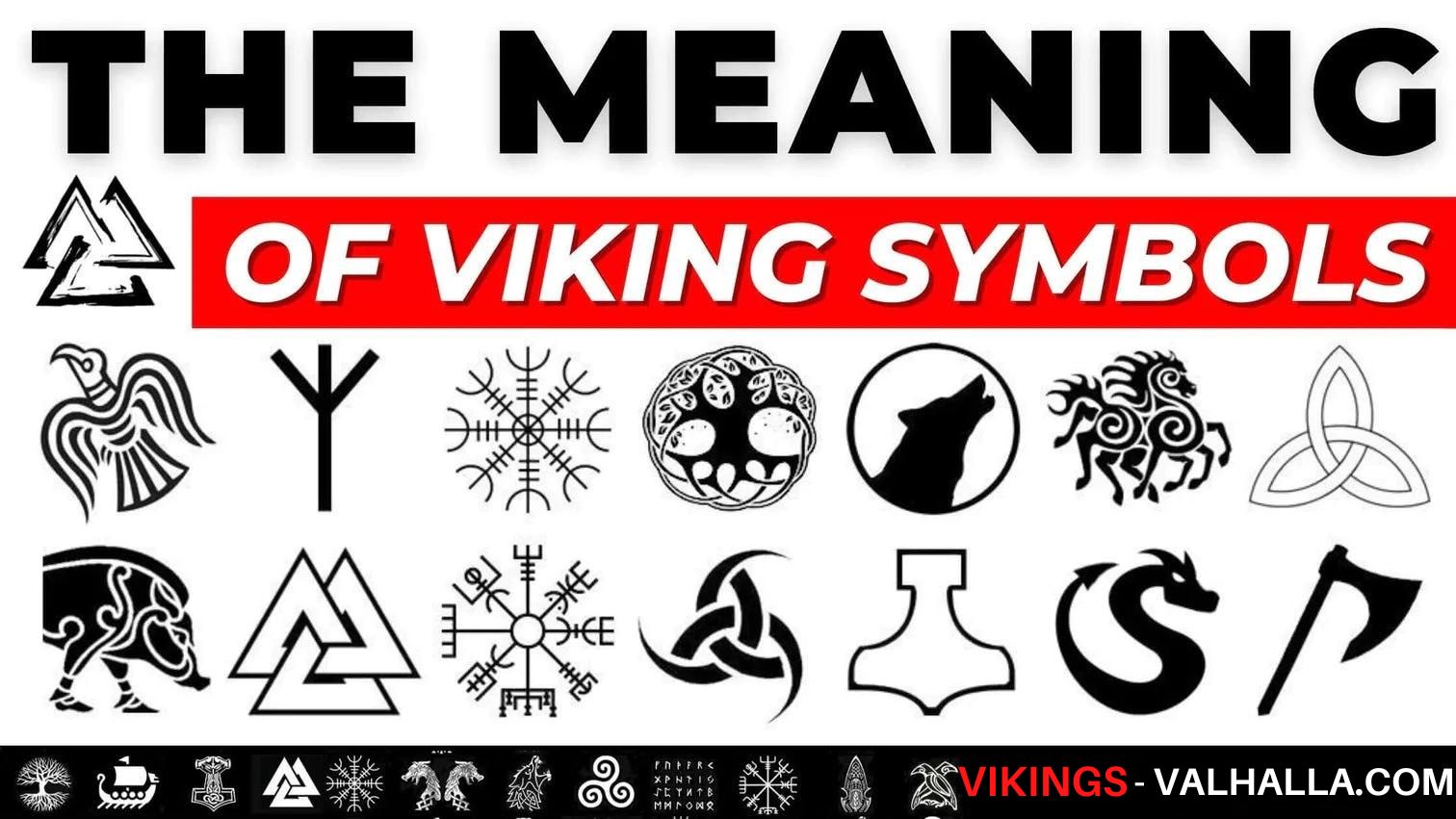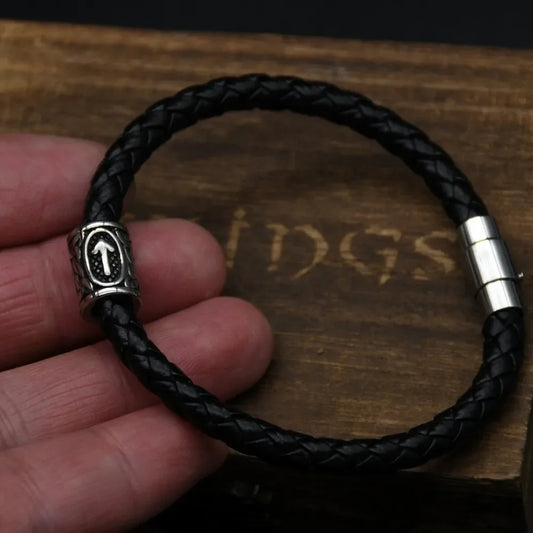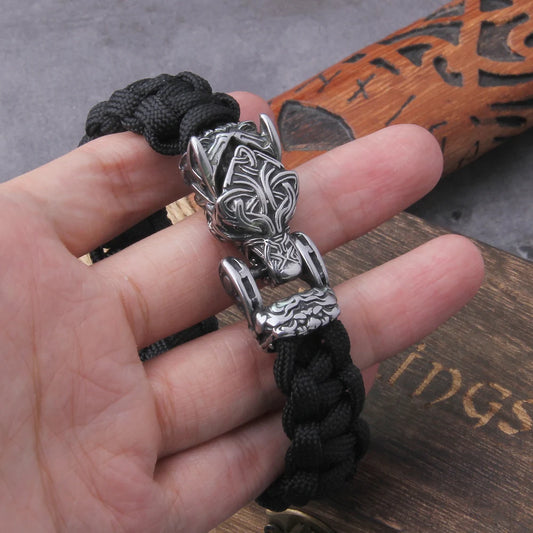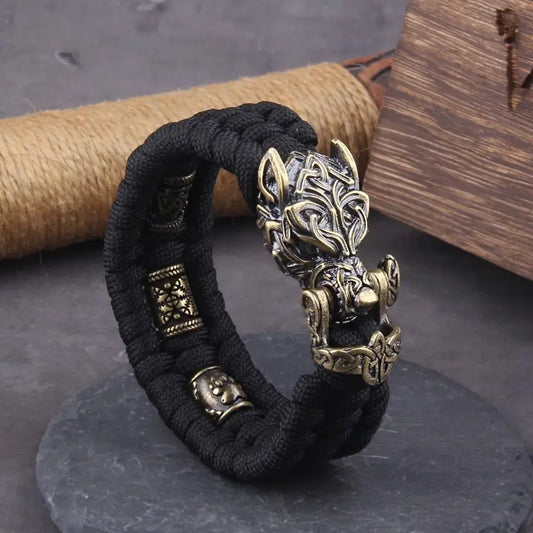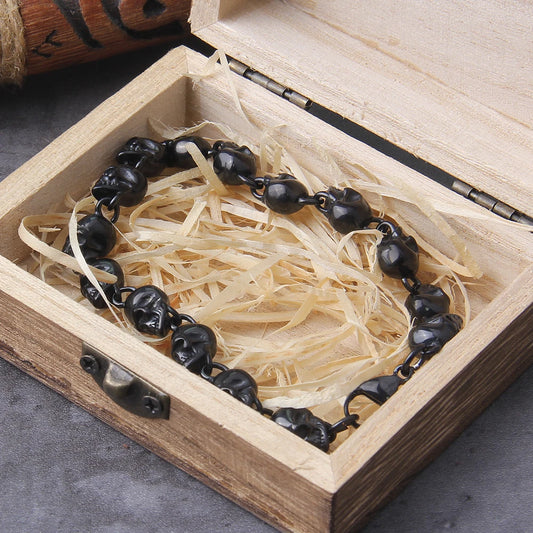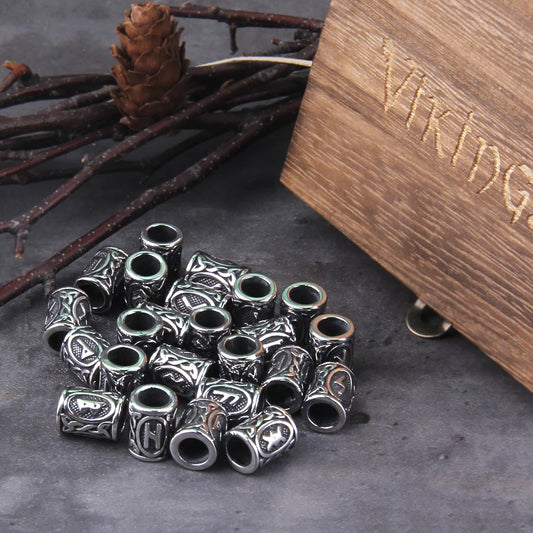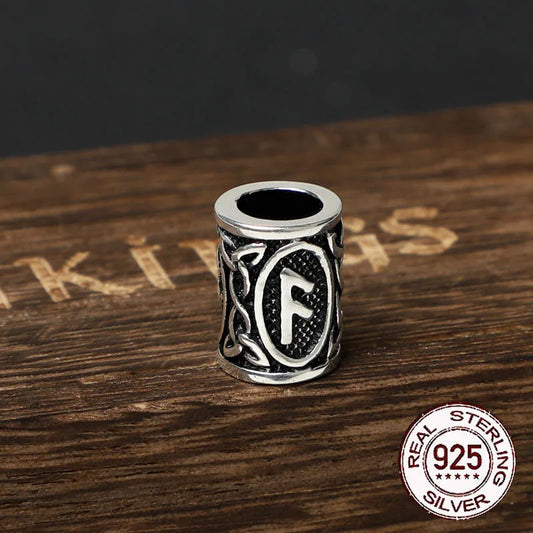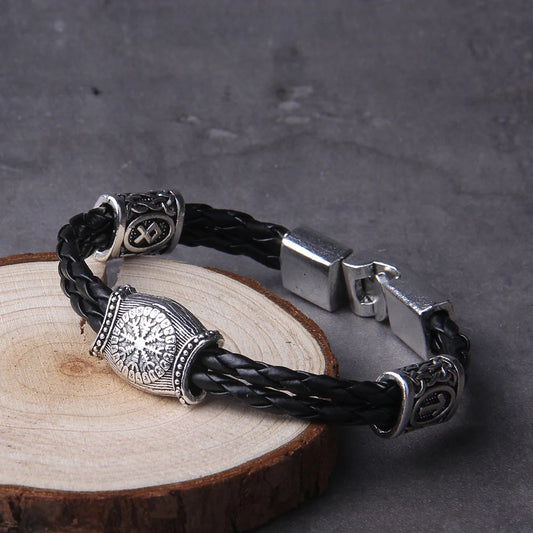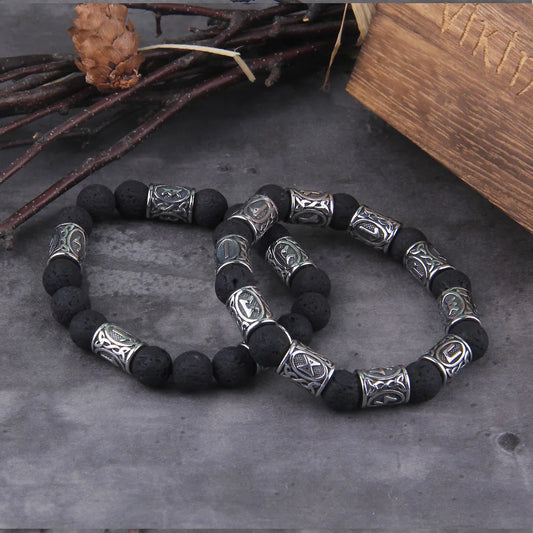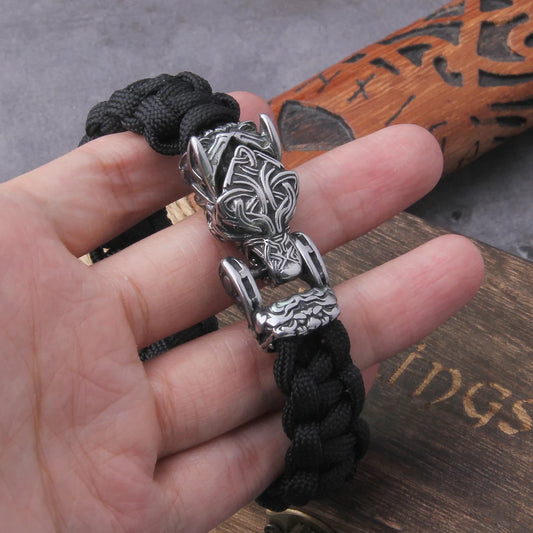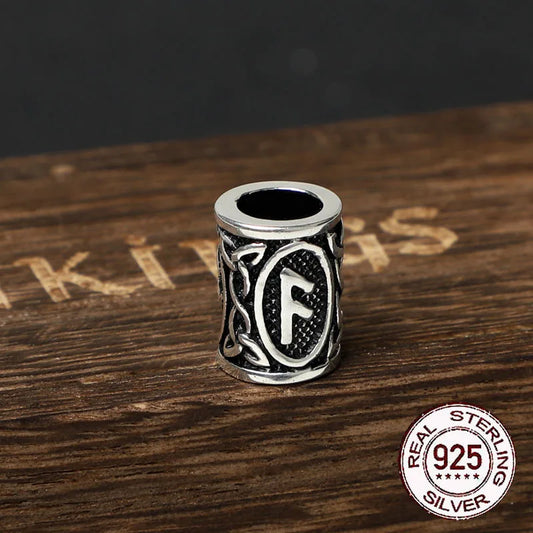In Norse mythology, the necklace of Brísingamen or Brísinghamen in Old Norse is the necklace of the goddess Freya.
Etymology of Brisingamen
The suffix "men" means "necklace"; the Brísingar have not been identified. In several occurrences, we find the term men Brísinga: the anteposition of the determinate men shows that the form Brísinga designates persons.
Legend of the Brisingamen
The Brisingamen necklace is mentioned in several Germanic legends, in somewhat Christianized forms. It is said that Freyja received it as a gift from King Alberich. It consisted mainly of amber.
When she wore it in spring, neither men nor gods could resist its charms. It goes without saying that the other goddesses were very concerned about it. This necklace also had the property to support any army that the goddess decided to favor on a battlefield.
Brisingamen in Anglo-Saxon tradition
The earliest mention of the necklace is in the Anglo-Saxon epic poem Beowulf as Brosinga mene. In this story, the jewel is stolen from Eormenric (a fourth-century Goth king) by one of his former companions, Hāma (germ. *haiman-, franç. Aymon, v. isl. Heimir), who brings it back to the "shining citadel" covered with golden shields (probably Valhalla).
Subsequently, Hāma seems to discard or lose it. The necklace reappears with the queen of Denmark, who gives it to Beowulf for killing Grendel. The hero then gives it to his queen, Hygd, upon her return to Götaland. Her husband, the Goth king Hygelac, loses it during an expedition to Friesland, where Beowulf recovers it again.
Brisingamen in The Song of Thrym
In the Song of Thrym, Freya is invited by the gods to marry a giant. But she angrily refuses and the great "necklace of the Brisingar" breaks. All the gods then meet to find a way to get Thor's hammer Mjolnir back. Heimdall suggests to disguise Thor as Freya and to put the necklace around her neck.
Brisingamen in other Edic poems
There are several allusions to the myth of Loki's theft of the Brísingar necklace. In the scaldic poem Haustlǫng , and in Skáldskaparmál, a kenning for Loki is "thief of Brísingar's necklace."
The scaldic poem Húsdrápa, preserved in part in Skáldskaparmál, mentions that Loki stole the precious object from Freya. Freya asks Heimdall to find it and they discover that Loki is the thief. A fight between the two seal gods ensues, where Heimdall triumphs and returns the Brísingar necklace to Freya.
Brisingamen in the Sörli tale
It also appears in a later, evhemerist version, the Sörla þáttr (known as Sörli's), written in the fourteenth century by two Christian priests.
In this story, which borrows parts from Heimskringla and also from Gefjun's Lokasenna poetry (sleeping with a boy for a necklace), Freya appears as a simple Asian queen. As for the necklace, it is here the work of four dwarfs, Alfrigg, Berling, Dvalin and Grer.
To obtain the jewel, Freyja agrees to spend a night with each of the four smiths. At Odin's request, Loki takes the form of a fly and steals the necklace. He only agrees to give it back to Freya on the condition that she causes a perpetual war between two kings.
Brísingamen in Ásatrú Tradition
The Brisingamen necklace is represented every year during the pagan fertility rites during the summer solstice. In the past, people lit a multitude of small fires along the coasts and rivers to symbolically offer Freya, up in the sky, her beautiful necklace.
With the Christian domination of the Germanic world (around the 6th century) this tradition was almost completely abandoned or distorted under the pressure of the clergy into a Christian festival.
People under these influences for centuries lost the meaning of this tradition and started to light one big fire instead of several.
Some inhabitants of the regions more distant from the authorities, continued the practice of the pagan festivals (winter solstice (Yule), spring equinox, summer solstice and autumn equinox (Yulebukk/Halloween)). Even today, some shores are illuminated for one night in some parts of the world.
Historical records of Brisingamen Necklace
The grave of Hagebyhöga or Aska (Östergötland, Sweden)
This grave dates from the Iron Age. The woman buried here was not only buried with a spindle, but also with her horses and chariot. She was buried under 6 meters of white rose leaves and jewels with gold and silver charms. One of the pendants is particular: it represents a lady with a large necklace.
This type of necklace was mostly worn by high-ranking ladies at that time. It tends to be interpreted as a Brísingamen necklace. The character represented could symbolize Freya, goddess of the völvas.
The saga of Erik the Red
In the saga of Erik the Red, which takes place in Greenland, the Völva appears with a necklace of glass beads around her neck. This glass bead necklace, whose color is unfortunately not mentioned, could be an imitation of amber and therefore a Brísingar. The saga of Erik the Red is considered semi-historical.

